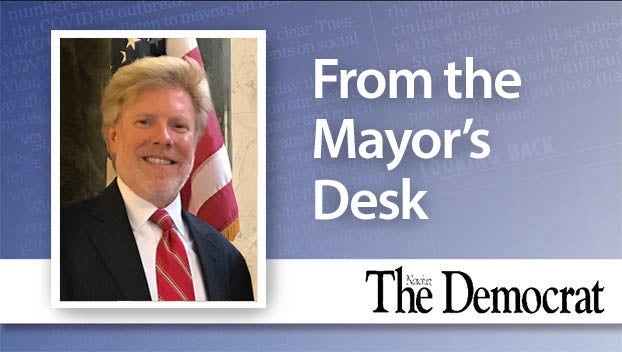Masters created racial solidarity myth
Published 12:01 am Wednesday, September 5, 2018
A constant of all slave-societies was the harm they did in the long run, not only to the enslaved, but also, to a lesser extent, to the non-slaveholding majority.
However, another constant was the absolute necessity for slaveholders to gain the support of those non-slaveholders in maintaining the system of slavery.
This was certainly true in the Antebellum South. Here, masters and their few hirelings required the public’s help in policing the four million slaves. But how to enlist the majority’s support for a system that harmed their own economic and political interests?
The solution to the dilemma brings us to a third constant of slave-societies — dishonorable dishonesty. The slave masters were masters in the art of flimflam, in deceiving themselves as surely as others.
Since objective truth told the non-slaveholders to oppose slavery, the slaveholders had to convince them that objective truth was not truth. They had to create what William McKee Evans has called “the solidarity myth.”
In a slave-society that bestowed honor as well as wealth on the masters, they stressed that their honor, if not their wealth, was the birthright of all non-slaves, no matter how poor, powerless and socially degraded they were and would remain.
In other words, the balm of status was offered to ease the ache of stunted economic opportunity. And in the Antebellum South that non-slave status became thoroughly identified with race.
The trick, therefore, was to obscure the concrete characteristic that united poor non-slaveholders and slaves — the age-old plight of exploited workers, and to substitute the abstract trait that united non-slaveholder and slaveholder — the modern identity of “whiteness.”
Deliberately, then, the originally mild color prejudice of early colonial times was intensified, not only with appeals to pride in Whiteness, but also by stoking fears of blackness. For the sake of the One Percent’s profits, racism was to be cultivated as meticulously as the cotton and the cane.
By newly enacted law, a white man — whether foreign or native-born, non-Christian or Christian, English-speaker or not — could never be enslaved and could possibly become an equal citizen.
By contrast, a native-born, Christian, English speaker with black skin could be enslaved and could never become an equal citizen.
Certainly, the white tenant farmer was not made truly equal to white planters by his skin color, but he was nevertheless entitled to a cradle-to-grave welfare system of higher — if not high — status, a safety net of social stature.
The lowliest white man was assured of legal and social advantages over any and every black man, slave or free. He could improve his self-image without enduring painstaking self-improvement. He could raise himself up simply by pushing another down. Many were willing to accept an economic loss to “pay” for this privilege.
But Evans called it a solidarity “myth” for a reason. Whatever the short-term gain for individuals, the South as a whole paid a crushing price for it over the longer term. Due to the “trickle up” dynamics of a slave-society, slavery and its accompanying white supremacy meant wealth for the few and comparative poverty for the many, of both races.
The average white man was truly guaranteed never to fall to the bottom rung of society’s ladder, but by helping to keep the slave-society intact, he also virtually guaranteed that he himself would never rise above the next-to-the-bottom rung.
But from there, bedraggled and peon-proud, he lorded over his “inferiors” down below. Anaesthetized and ennobled by his Little “White” Pill, he reigned supreme — King, at the Bottom of the Heap.
JIM WIGGINS is a retired Copiah-Lincoln Community College history instructor.





